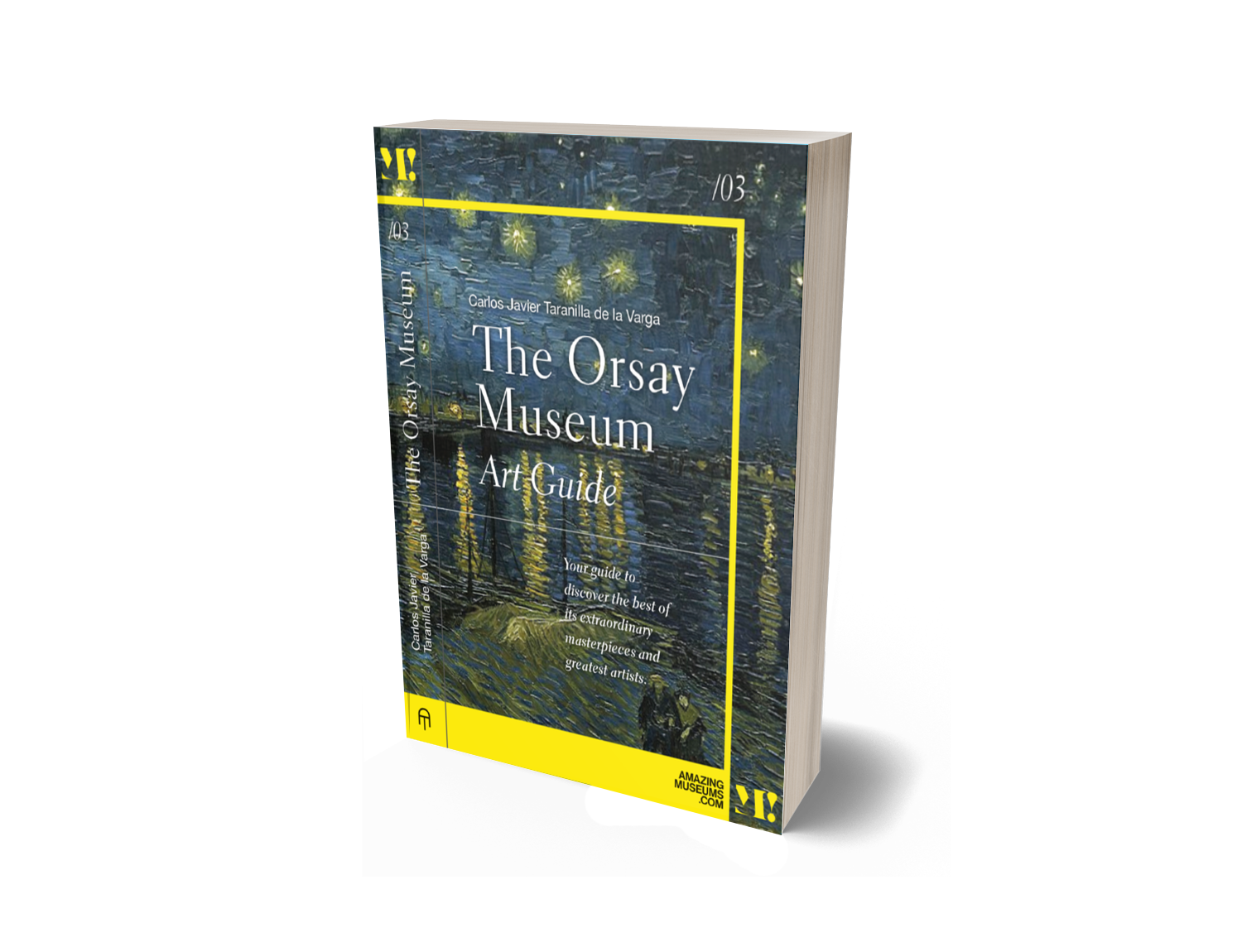
The tortuous love life of Vincent Van Gogh through his artwork
Vincent Van Gogh's love life was as stormy as his artistic life. The two great passions of the painter ended up being sources of frustration that have marked his whole life. In 1881 he fell in love with his cousin, eight years older than him and who had just been widowed. Her name was Kee Stricker and she was the widow of a first cousin of Vincent. The painter proposed to her, but she flatly refused, telling him that she would rather throw herself into the fire than marry him. Vincent, in desperation, tried to burn his hand in a lamp to show his love, but his father stopped him in time.
This episode marked the beginning of a series of love disappointments that influenced Van Gogh's work. The painter looked for love in women who did not correspond to him or who had a difficult life. Thus, he fell in love with Sien Hoornik, a pregnant prostitute whom he took into his home and with whom he lived for two years. However, the relationship deteriorated due to jealousy and arguments, and Van Gogh ended up leaving her. Sien committed suicide a few years later.
Another woman who marked Van Gogh's life was Agostina Segatori, the owner of the Café du Tambourin, where the painter used to exhibit his works. Agostina was an Italian model who had posed for several famous artists, such as Corot and Manet. Van Gogh was attracted to her and maintained a relationship for a few months, but she left him when the painter began to have financial and health problems.
Agostina Segatori, Van Gogh Museum.
In 1888, Van Gogh settled in Arles, where he rented a yellow house to create an artists' studio. There he met Paul Gauguin, with whom he struck up a friendship and an artistic rivalry. Some biographers have suggested that there was more than just a friendship between them, based on the letters they exchanged and the portraits they made of each other. However, there is no conclusive evidence that there was a homosexual relationship between them.
What we do know is that Van Gogh had an altercation with Gauguin on December 23, 1888, when the former threatened him with a razor and then cut off part of his left ear. The next day, Van Gogh gave the piece of ear to a prostitute named Rachel, to whom he said, "Keep it carefully." This gesture has been interpreted as a token of love or as an act of madness.
Van Gogh's last love was Marguerite Gachet, the daughter of the doctor who treated him in the last months of his life. Marguerite was 19 years old and was fond of drawing. Van Gogh made two portraits of her and dedicated some letters to her. However, Marguerite's father objected to the relationship and forbade his daughter to see the painter. Van Gogh felt rejected once again and fell into a deep depression. On July 27, 1890 he shot himself in the chest and died two days later.

Marguerite Gachet in the Garden, Orsay Museum.
Van Gogh's work reflects his feelings and moods throughout his life. His vivid colors and expressive brushstrokes show his passion and emotional intensity, but also his anguish and loneliness. His self-portraits are testimonies of his personal and artistic evolution, as well as of his physical and psychological wounds. His landscapes are refuges where he seeks peace and harmony with nature. His portraits are tributes to the people he knew and loved, but also to those who suffered as he did.
Van Gogh was a misunderstood artist in his time, but also a man who searched for love without finding it. His work is the legacy of a genius who painted from the heart and left an indelible mark in the history of art.
If you want to learn more about other works by Van Gogh, we recommend "Musée d'Orsay Art Guide", our book about the museum that houses the largest amount of Impressionist works in the world, as well as an essential art guide to discover and learn the essentials of the great works, artists and styles of the Musée d'Orsay, soon available on Amazon.

